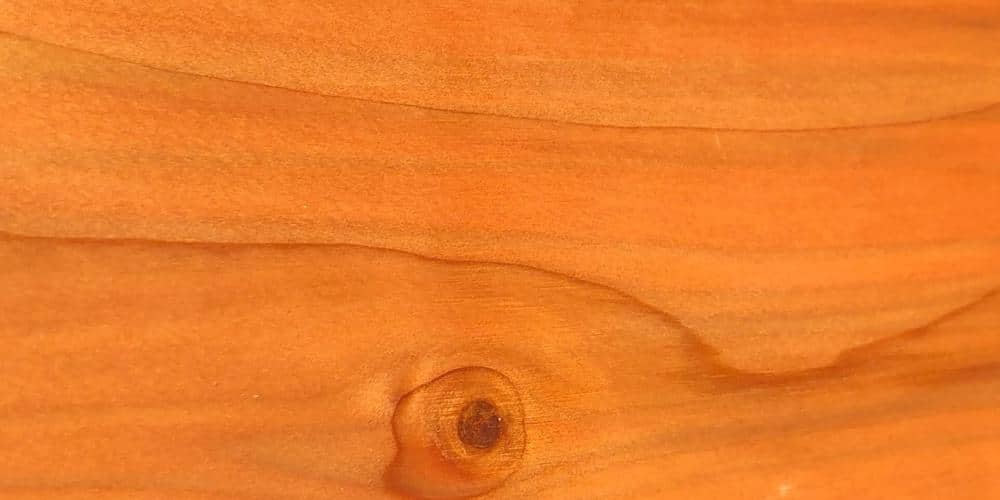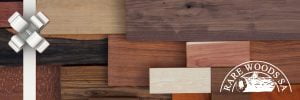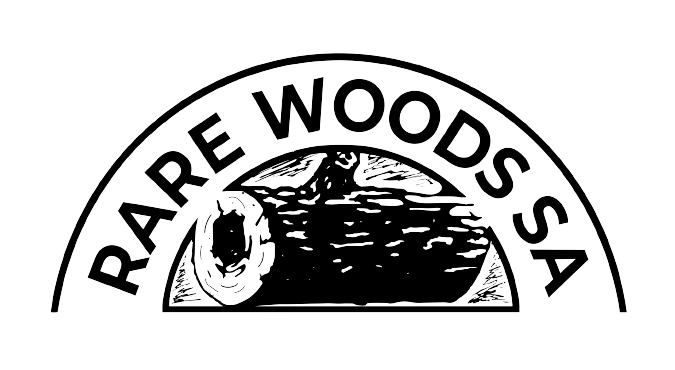Cedar – Himalayan
Quick Look

Himalayan Cedar is an important timber tree in Pakistan, Kashmir and north-western India. Its wood is noted for being strong and durable mostly utilized in construction, carpentry and furniture applications in its indigenous regions. The trees are also known for the fragrant essential oil they produce (distilled from wood chips and sawdust), which is used throughout Northeast Asia to protect livestock from mosquitos, gnats and other airborne pests and it also has anti-fungal properties. Heartwood ranges from a light tan to light brown with a reddish tint. Grains are typically straight; it is fine, even textured with a high natural luster. The wood is reputed to have excellent working properties, as well as an impressive strength-to-weight ratio.
This species is not listed in the CITES Appendices, and is classified as “a species of least concern,” by the IUCN.
Why We Love This Wood
Himalayan Cedar was introduced to Europe in 1822, and to the United States, nine years later, in 1831. Transplanted trees typically pale in comparison with examples from its indigenous regions, where, left undisturbed, trees can reach towering heights. The wood is prized throughout the world not just for its strength, but also for its pleasant fragrance, durability and resistance to bugs and insects. The name 'Deodar' evolved from the word "devadaru," which is a Sanskrit word that translates to "timber of the gods". The Himalayan Cedar tree is a sacred tree in Hinduism.
Quick Look

Vital Statistics
| Main Color Group | Yellow / Pink |
| Grain Pattern | Even |
| Avg Dry Weight - LB/FT3 | |
| Avg Dry Weight - KG/M3 | |
| Janka Hardness - LBF | |
| Janka Hardness - N |
A Popular Choice in
Search With Filters
Other Species
Durable and relatively affordable, European Chestnut is a popular cladding species in Europe. With looks similar to Oak and Ash, we are sure you will love the appearance of Sweet Chestnut. Grain can be interlocked, but Chestnut is still relatively easy to work. It can split relatively easily, so pre-drilling is essential.
This is a new species for us here at Rare Woods and a first for South Africa. We are delighted with what arrived and can’t wait to get it into some of your projects.
Detail
Common Uses
Longhi is an African wood with similar working properties to its more well-known cousin, Anegre. Its color varies from a greyish-white to beige to pinkish-brown color, which slightly darkens with age and UV-ray exposure. Its generally light appearance makes sapwood difficult to distinguish. Its grains are typical straight (though occasionally interlocked) and its texture ranges between fine and medium-fine. It can sometimes possess mottled or subtle tiger-striped figuring.
The wood must be carefully dried, as it is susceptible to fungus. It is considered to be moderately durable, and moderately stable. Longhi has a solid strength-to-weight ratio, which makes it a popular choice for flooring and decking.
cabinetry, decking, flooring, furniture
Detail
Common Uses
“Roasting” Flame Birch involves gradually heating the wood up to temperatures of greater than 160 degrees celcius in special heat chambers made of stainless steel under anoxic conditions. The heat removes organic compounds from the wood cells, changing both the physical and chemical make-up of the wood. The process is natural and chemical free. It darkens the wood to a beautiful rich chocolatey brown color whilst still showing the gorgeous grain and figure of the underlying wood.
The thermally modified wood is more dimensionally stable, but the process does reduce bending strength and make the wood a little more brittle. This makes it chip a little easier than the un-modified lumber. The brittleness makes it less suitable for intricate cabinetry, but it is still an excellent choice for less intricate items such as floors, tops, panels, cladding etc.
Extra care needs to be taken when finishing thermally modified wood, as the “bone dry” wood has a tendency to “suck in” much of what is given to it. Our in-house woodworking specialist has had excellent results with Osmo PolyX. He suggests a thicker finish will work better.
flooring, interior panelling
Detail
Common Uses
This Malaysian species is a medium weight timber suitable for light structural purposes. It is a popular joinery timber and it machines easily and finishes well.
furniture, joinery
Detail
Common Uses
Indigenous to the tropical regions of East Africa and West Africa, as far south as Angola.¬† Anegre has been used primarily as an interior wood; it is decidedly non-durable, and thus not recommended for outdoor applications. The wood’s aesthetics can vary greatly, as Anegre is comprised of three separate species within the Pouteria genus. Its colors can range from pale yellowish to orangish-brown wood, to a pale pinkish-brown, sometimes with additional highlight coloration. Anegre typically darkens to a golden-to reddish brown over time, with repeated UV ray exposure. The heartwood and sapwood of Anegre are usually not distinguishable from each other.
Anegre has a medium texture with closed pores similar to Maple.  The species is easy to work with both hand and power tools.
Examples can be quite beautiful — and sometimes stunning, with curly and mottled figuring being not uncommon. Its hues tend to be generally pastel in nature, so it makes a very complimentary, aesthetically unimposing wood for a variety of interior applications. Grains are typically straight but can occasionally be interlocked. Its texture is medium and it has a nice natural luster.
boatbuilding, cabinetry, carpentry, construction, veneer
Detail
Common Uses
Masur Birch (also known as Karelian Birch) is not a species in of itself, but rather a particular grain figure that occurs in various species of European Birch. The result is a beautiful marble like figure – a mix between burl and birdseye.
The cause of this figure is uncertain. Some say that it comes from a tree’s reaction to invasion by the larvae of the Agromyzia carbonara beetle, but the general opinion seems to be that it is hereditary, classifying the name of the variant as Betula pendula var. Carelica. Regardless of the exact origin of the figure, it provides us with stunning and unique looking lumber, just begging to be showcased in some fine woodworking. It is most commonly used in accent details, turned objects, knife handles and other small specialty items.
Veneers of Masur Birch are rotary cut (like Birdseye Maple) to ensure the best figure is extracted for the veneer.
fine furniture, knife handles, specialty items, turnings, veneer


